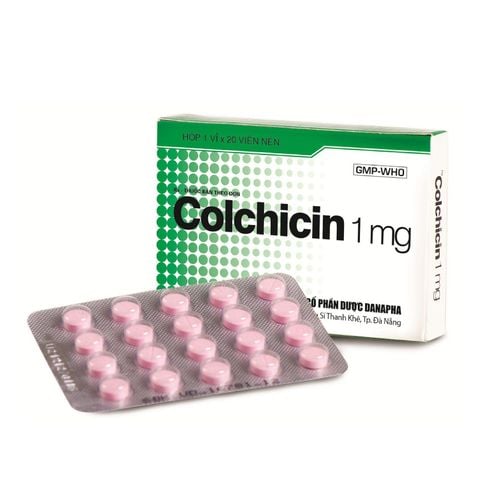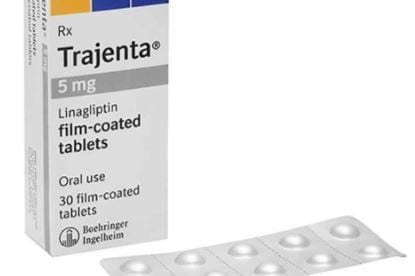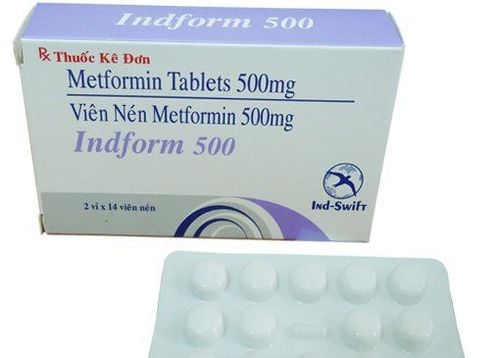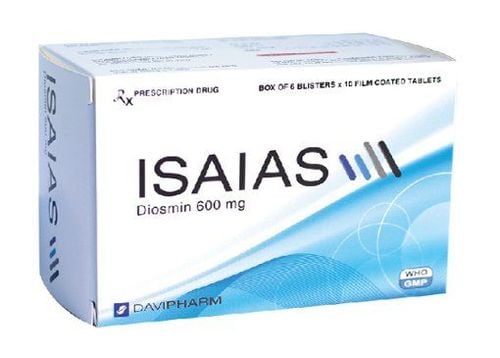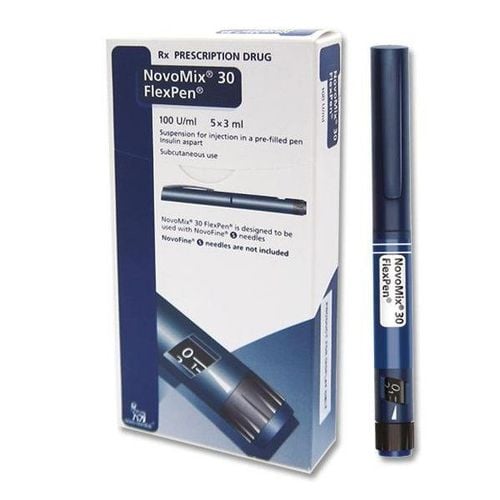This is an automatically translated article.
The article was written by Specialist Doctor I Vo Khac Khoi Nguyen - Orthopedic Trauma Doctor, Department of General Surgery - Vinmec Central Park International General Hospital.
A muscle cramp is an involuntary contraction. It is temporary but intense, painful, and can occur in many different situations. The causes and cures for cramps are still controversial. Quinine, an initial antimalarial drug, has been shown to reduce the frequency and intensity of leg cramps.
1.Treatment measures
Cramps are a common problem that can affect anyone. However, there are certain subjects and situations where the risk of cramping is high: during exercise, at night in the elderly, in pregnant women, in people with neurological diseases and kidney failure.
Many treatments have been given to control muscle cramps in the legs. The most common interventions can be classified into 2 groups: pharmacological and non-pharmacological.
Non-drug treatments include stretching, exercise, avoiding physical fatigue, massage, relaxation, heat therapy, weight loss, sensory nerve stimulation, ankle splints when sleeping, reassure, change sleeping and sitting positions. Common medications include quinine sulphate, gabapentin, calcium, magnesium, vitamin E, calcium channel blockers, and oxalate.
2.Quinine can treat cramps
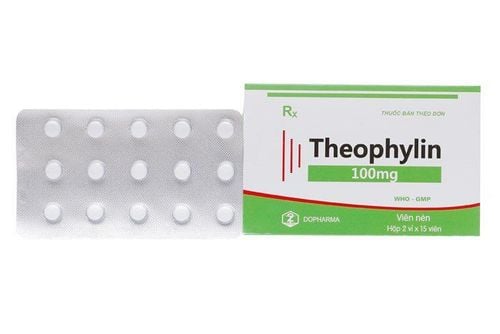
Before medicine evolved to provide evidence-based studies, we had a long history of folk remedies for the treatment or prevention of cramps.
Some folk remedies can reduce the likelihood of cramps, and reduce the intensity and duration of cramps. There is a lot of folk experience, but the more ways it proves to be, there is no way to bring about the full effect.
Among these, the use of compounds with strong or bitter taste such as pickle juice, mustard, quinine, vinegar and various spices and herbs can be mentioned. This shows that previous generations have had experience using quinine in the treatment of cramps.
Some literature suggests that Quinine remains the only drug that reduces the frequency and intensity of leg cramps. However, the extent of benefits from quinine is quite modest, so patients need to be cautious when using it without a doctor's prescription. Quinine treatment should be considered in those with severe cramping symptoms. Before use, the physician should discuss the risks and benefits with the patient.
Besides, Quinine can prevent cramps from recurring. In 2015, the Cochrane study concluded that taking quinine (200-500 mg per day) reduced the number of cramps and the number of days of cramps, which reduced the intensity of the cramps, but did not improve the duration of the cramps.
Some evidence suggests that taking theophylline in combination with quinine improves cramps more than quinine alone. Again, the study also highlights the potential for side effects from quinine.
3.Using Quinine for Cramps: Be Careful
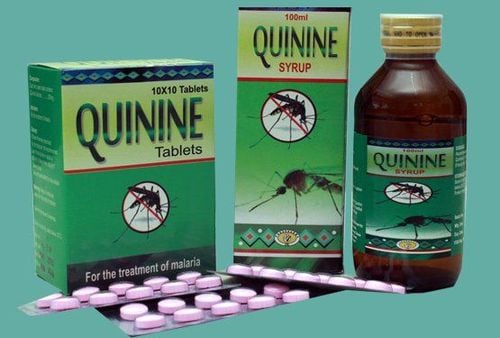
Quinine therapy should only be considered if:
Cramping is frequent or severe or frequently disrupts sleep Causes of cramps have been screened and ruled out Prophylactic stretching exercises have been proved ineffective or safe for the patient The clinician and patient agree that the potential benefits outweigh the risks when administering quinine to that individual Quinine should not be prescribed if any adverse reactions have been reported. any prior benefit to quinine (including those found in beverages) When initiating quinine treatment, the following should be kept in mind:
Patients should be warned not to exceed the maximum dose of 300 mg quinine sulphate or quinine bisulphate Patients should be warned to discontinue treatment and to consult a physician if symptoms of thrombocytopenia, such as unexplained bruising or bleeding, are present. people taking drugs that can interact with quinine including warfarin, antidiabetic drugs, strong CYP3A4 inhibitors, and snail prolongs the cardiac QT interval Quinine therapy should be stopped after 4 weeks if there is no or uncertain benefit. During treatment, the patient needs to keep a "diary" of cramps as a basis for considering the effectiveness of treatment. In those with good results on quinine, treatment should be re-evaluated and discontinuation considered every 3 months.
There are many types of cramps that are triggered by different causes. Although quinine has been considered effective in the treatment of cramps, it is not the only strategy. If we use only one measure to prevent or treat cramps, it is unlikely to be successful.
Please dial HOTLINE for more information or register for an appointment HERE. Download MyVinmec app to make appointments faster and to manage your bookings easily.





